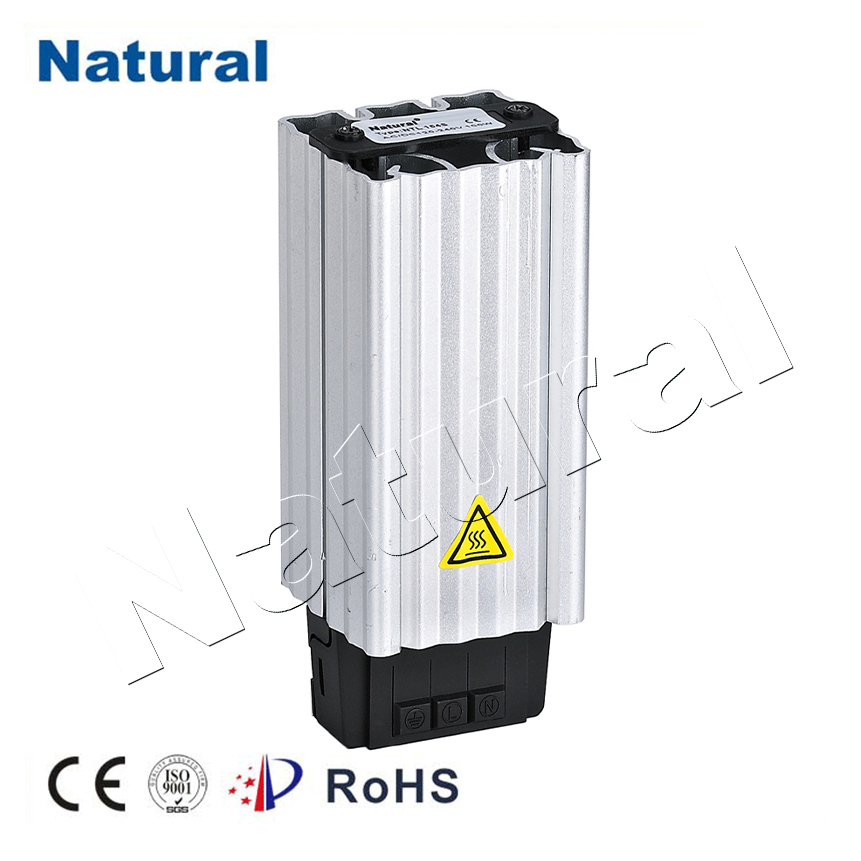Introduction

In the world of engineering and manufacturing, precision and efficiency are key factors that drive innovation and progress. One often overlooked yet indispensable component in this realm is the heater cartridge. Designed to generate controlled heat, heater cartridges find application in a diverse range of industries, from 3D printing to medical equipment. This article delves into the inner workings and various benefits of heater cartridges, shedding light on their vital role in modern technology. Heater Cartridge Mechanism A heater cartridge is a compact and versatile heating element primarily composed of a resistive wire encased in a protective sheath. This wire, often made of materials like stainless steel or nichrome, possesses high electrical resistance, allowing it to produce heat when an electric current passes through it. The sheath, usually made from materials with excellent thermal conductivity and electrical insulation properties, ensures that the generated heat is efficiently transferred to the surrounding environment while maintaining safety. Applications in 3D Printing One of the most notable applications of heater cartridges is in 3D printing. In this context, they are embedded within the printer’s hotend, which is responsible for melting and extruding the printing material, typically plastic filaments. The heater cartridge heats the hotend to the precise temperature required to melt the filament, enabling it to be deposited layer by layer to create intricate and accurate 3D models. This level of control is essential for achieving consistent print quality and ensuring the material’s proper flow and adhesion. Medical and Laboratory Equipment Heater cartridges also play a significant role in medical and laboratory equipment. Devices like incubators, autoclaves, and chromatography systems rely on controlled heating for accurate and repeatable results. The ability of heater cartridges to reach and maintain specific temperatures within a tight range is crucial for processes such as sterilization, culturing, and analysis. Their compact size and customizable heating capacities make them ideal for integrating into these precision instruments. Industrial Processes and Food Production Beyond 3D printing and healthcare, heater cartridges find applications in various industrial processes. In the food production industry, for instance, they are used in equipment like ovens, toasters, and coffee machines to ensure consistent heating and cooking. Their quick response time and efficient energy conversion make them indispensable for maintaining product quality and reducing energy wastage. Energy Efficiency and Precision One of the standout benefits of heater cartridges is their energy efficiency. Traditional heating methods, such as gas burners or large electric resistors, can be less efficient due to heat loss during transmission. Heater cartridges, on the other hand, generate heat directly within the target area, minimizing energy wastage. This focused heating also contributes to precision, enabling accurate temperature control for sensitive processes and applications. Compact Design and Rapid Heating Heater cartridges stand out for their compact design, which allows them to be integrated into tight spaces and intricate systems. Their relatively small size doesn’t compromise their performance, as they can reach high temperatures quickly due to their low thermal mass. This feature is particularly beneficial in applications where rapid heating and cooling cycles are necessary, such as in reflow soldering or polymer extrusion. Conclusion In the grand tapestry of technology, heater cartridges are the unsung heroes that facilitate precision, efficiency, and innovation across various industries. From shaping intricate 3D models to ensuring accurate medical diagnoses, their contributions are far-reaching and often underappreciated. As technology continues to evolve, it is essential to recognize and celebrate these foundational components that power the machinery of progress.